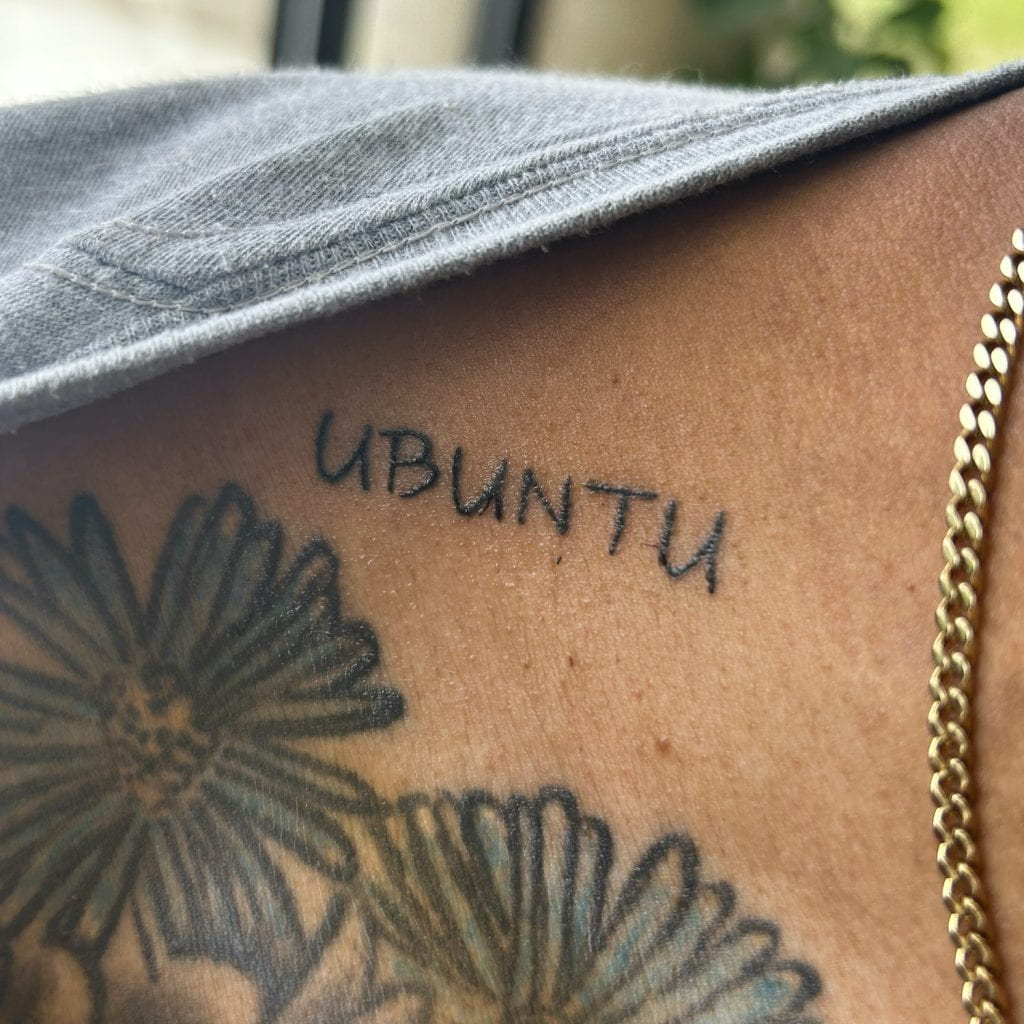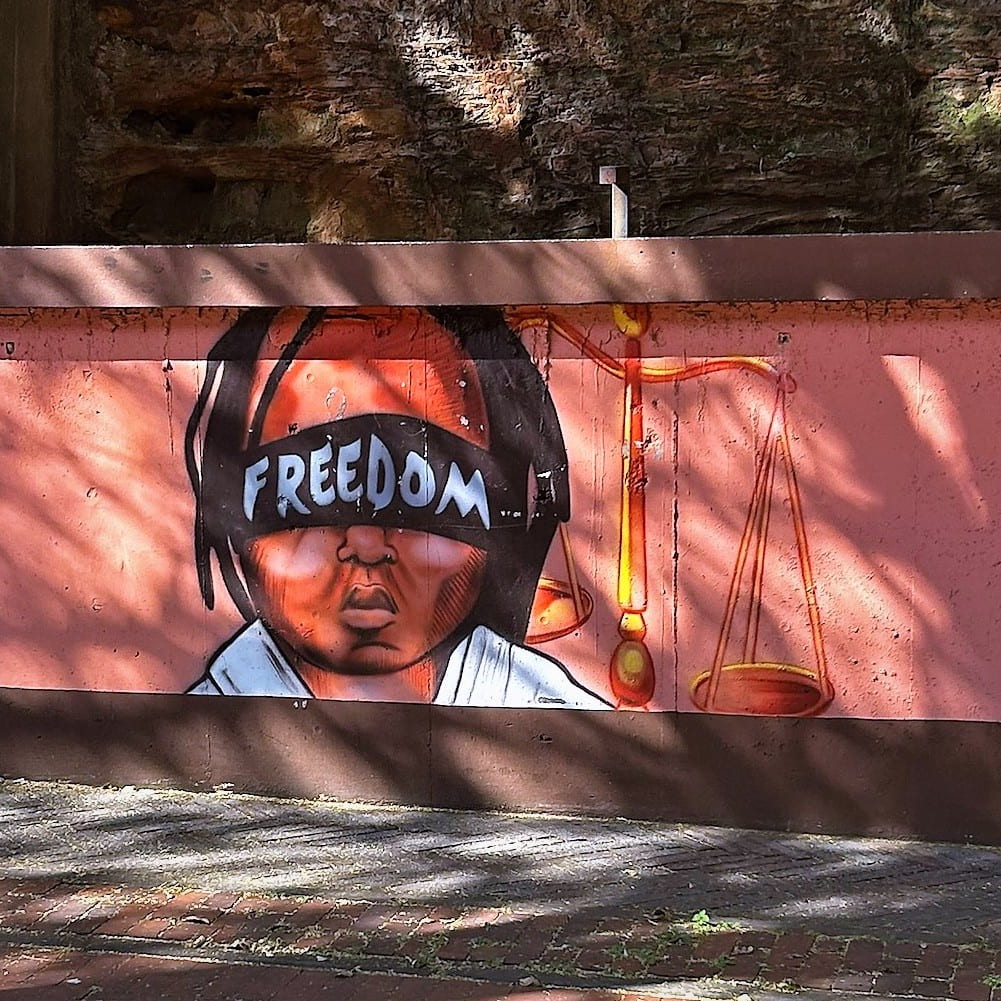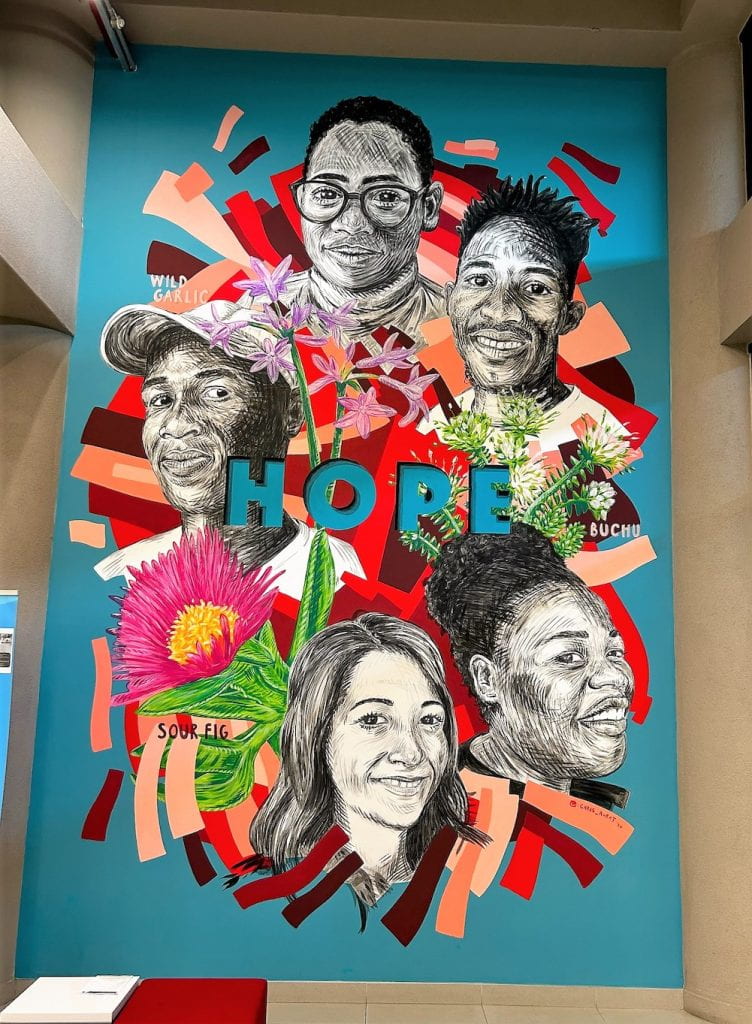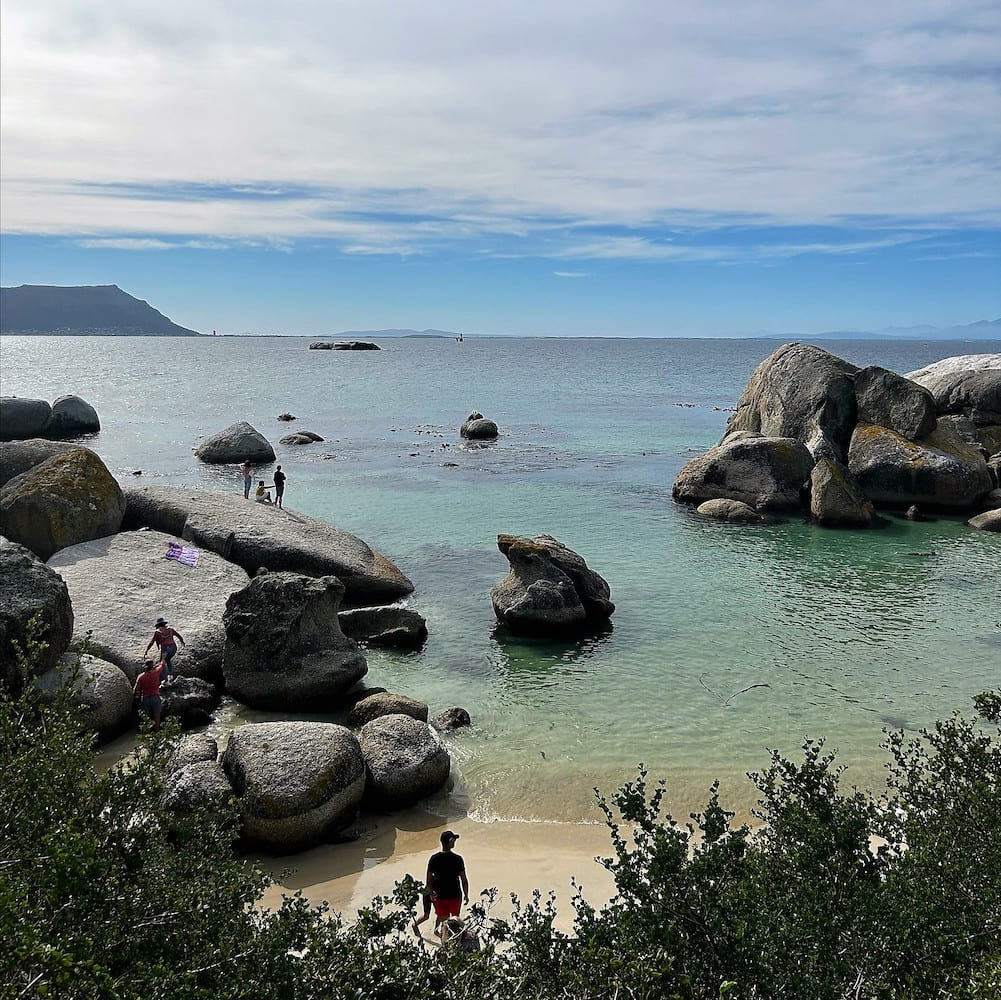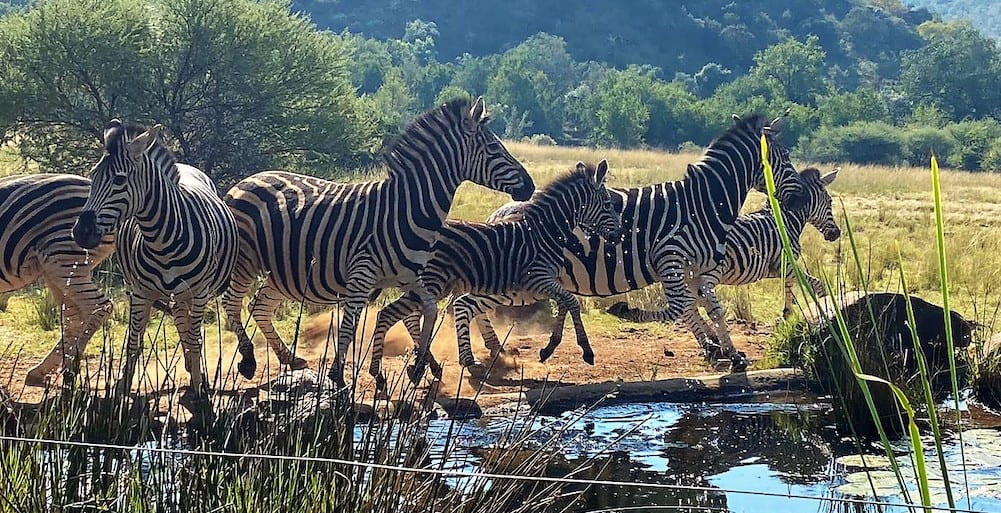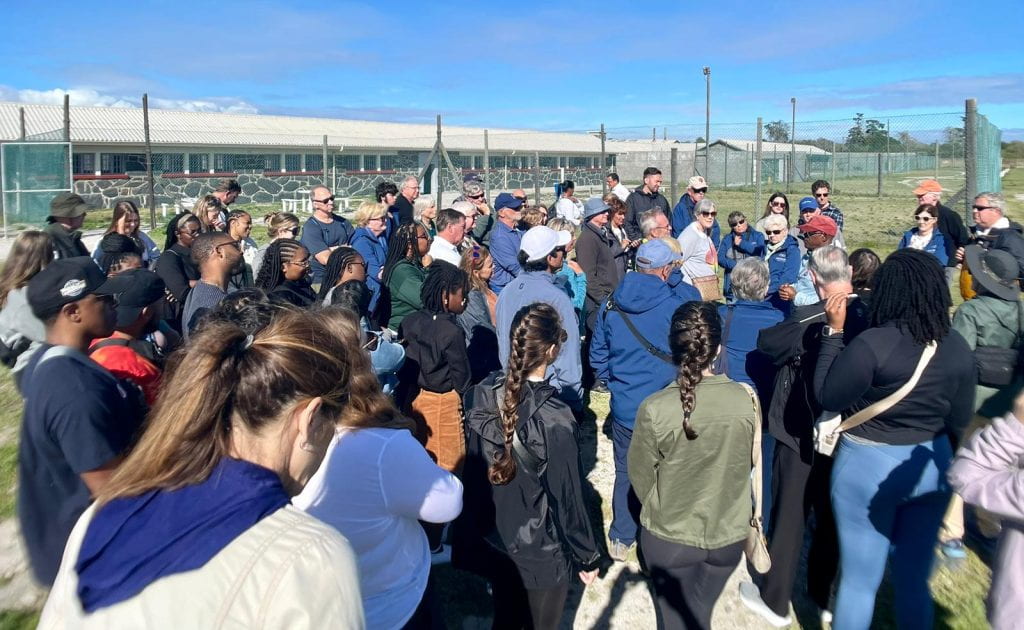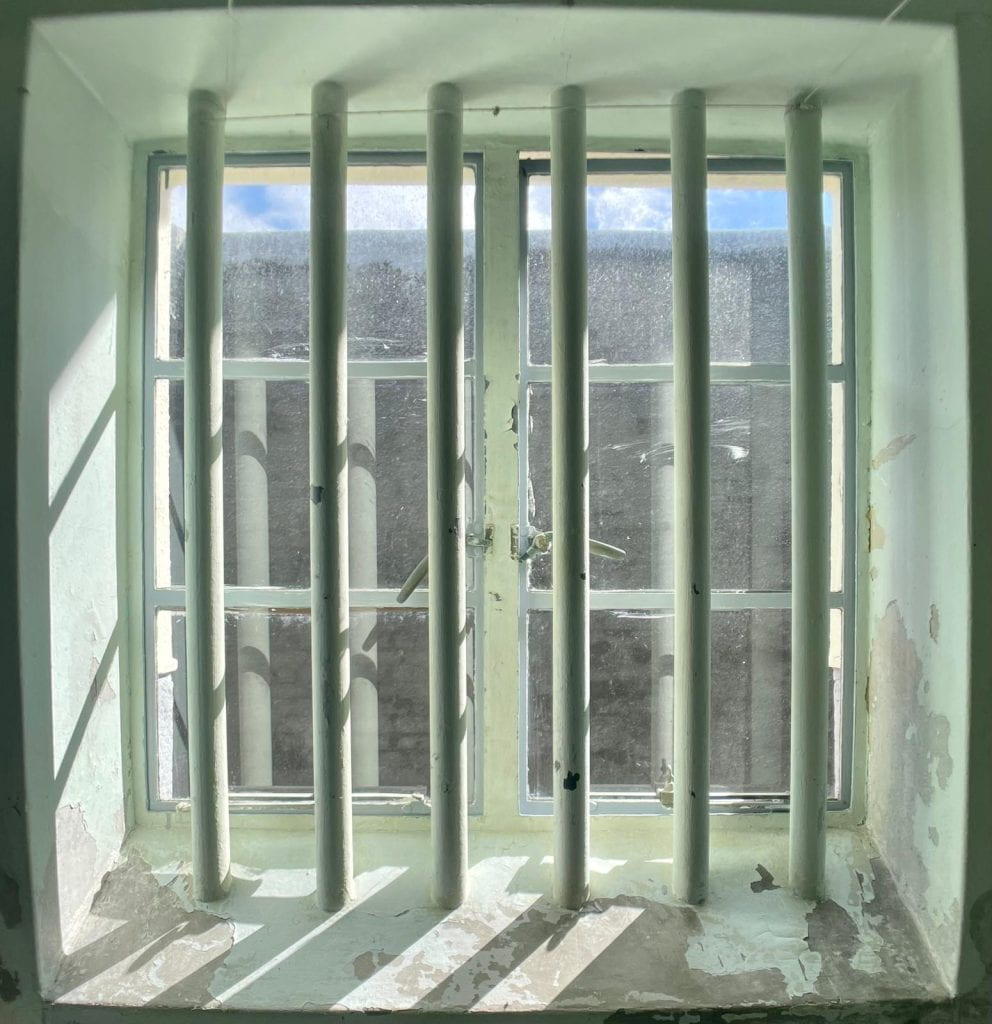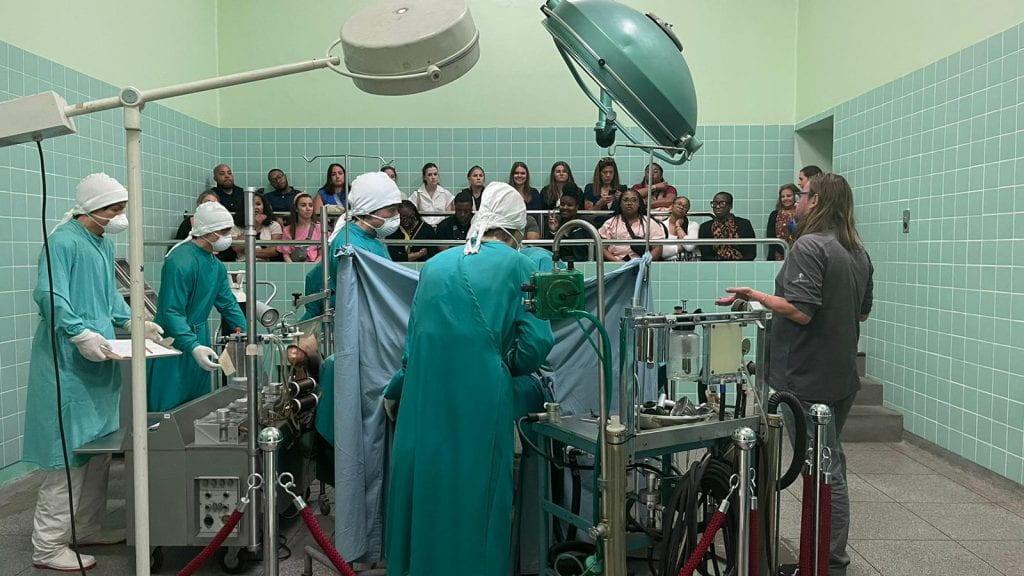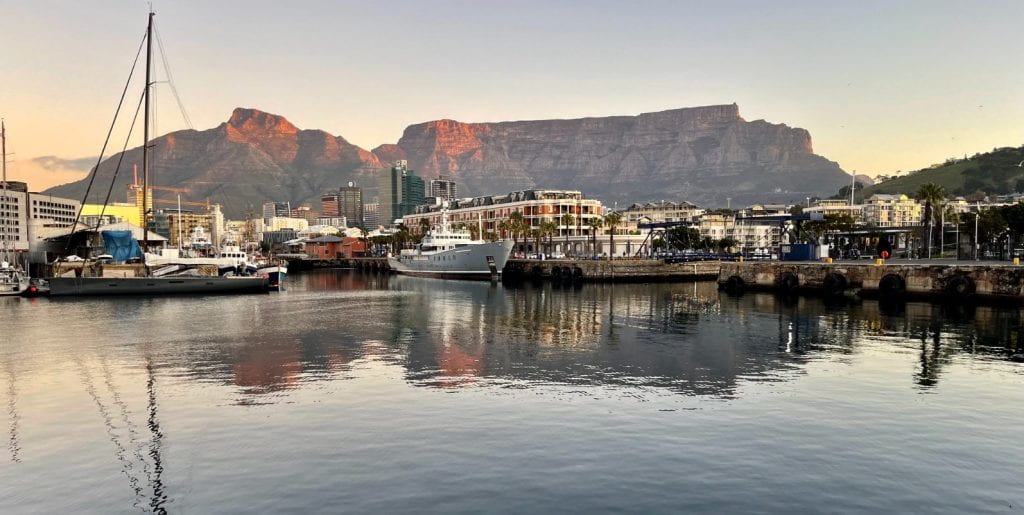
May 3
The V&A Waterfront lies between towering Table Mountain (3,563 feet) and the Atlantic on Table Bay, South Africa’s oldest working harbor. The Dutch occupied the land here in 1652, and in 1665 built the first wooden jetty, which they used to supply passing ships with fresh food and water.
The harbor is still home to commercial fishing vessels and pleasure craft, but is now a dynamic tourist destination that has preserved its industrial past by transforming many historic buildings into shops, restaurants, and entertainment venues.
The Nelson Mandela Gateway to Robben Island Museum is here, and the OT Abroad group will depart from it on May 6 for a 30-minute ferry ride to the island. This World Heritage site, which was from the 17th to the 20th centuries a place of “banishment, isolation, and imprisonment,” is now a symbol of “the triumph of the human spirit over adversity, suffering and injustice.”
